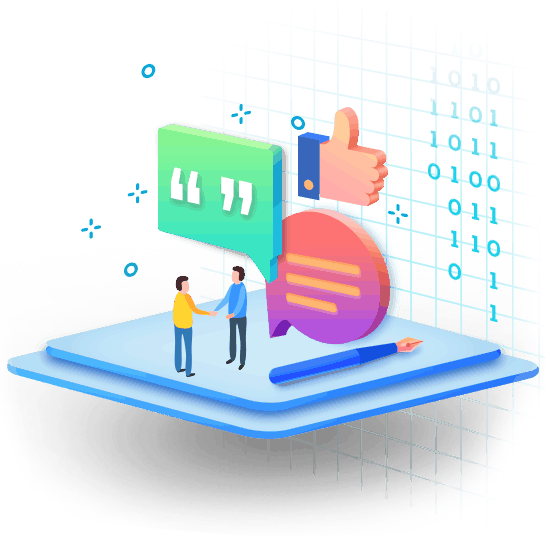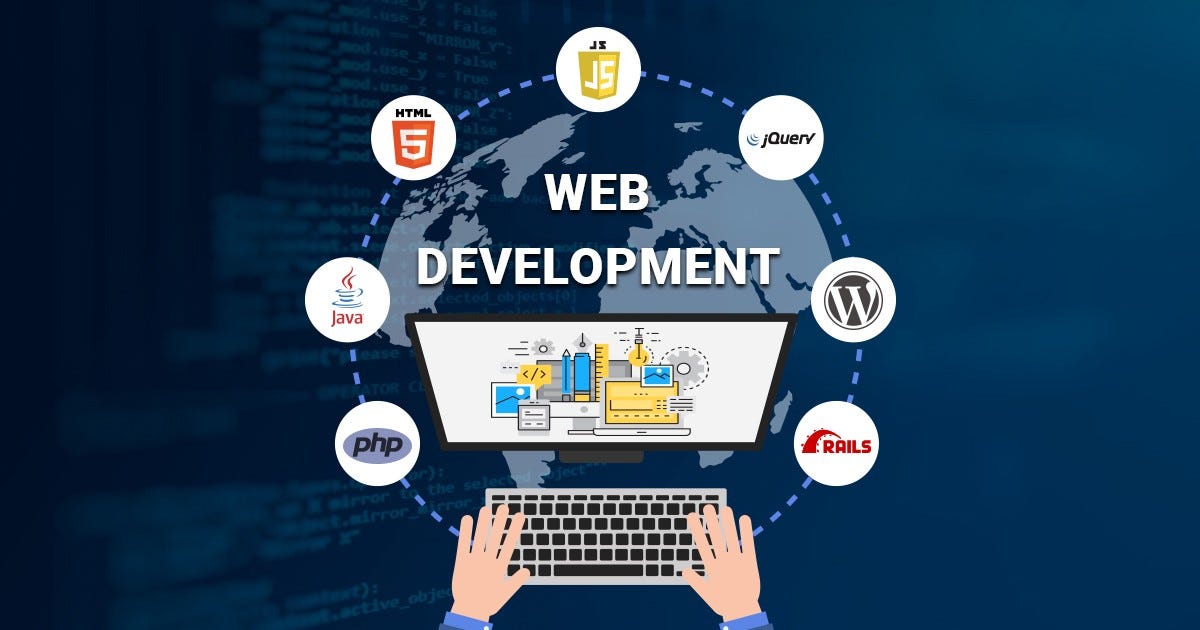- Noida, Lucknow & Varanasi
- techuptechnologies@gmail.com
- +91-8920976591
- Home
- About Us
- Services
- App
- App Development
- Fintech App Development Company
- Dating App
- E Learning & Education App
- Ecommerce App
- Healthcare App
- Astrology App
- Affiliate Marketing App Development Company
- Logistic, Courier & Transport Booking & Tracking Management Software
- Realestate App
- Beauty Salon Website & App
- Gold & Silver Rate jewellery App Development Company
- App Development
- Website
- Affiliate Marketing Website Development
- Best MLM Software development Company | MLM Website & App Development Company
- Ecommerce Website Development Company
- Hotel Website Development Company
- Real Estate Website Development Company
- Travel Website Development Company
- NGO & Online donation website development company
- School Website Development
- Astrology & Online Puja Website Development Company
- Healthcare, Hospital & Clinic Website Development Company
- Hotel Website Development
- Travel Agency Website Development
- Tour & Travel Website Development Company in Varanasi
- Spectacles, Frames, Lenses & Chasma Selling Website like Lenskart
- Online book store ecommerce website & app development company
- Digital Marketing
- Industries We Serve
- Outsourcing
- App
- Our Products / Softwares
- Training
- Contact Us
- Pages
- App Development
- Logo Design
- Nidhi Bank Software
- IT & Software Company
- MLM Software
- School Management System
- Gym Software
- Website Designing
- Best Web Designing Company in India
- Ecommerce Website Development Company
- Ecommerce Website Development Company in Varanasi
- Web Designing Company In Delhi
- Website Designing Company in Lucknow
- Web Designing Company In Noida
- Web Designing Company In Varanasi
- School Website Designing Company In Varanasi
- Best MLM Software development Company in Varanasi | MLM Website & App Development Company in Varanasi
- Digital Marketing Company in Lucknow
- Digital Marketing Company in Patna
- Digital Marketing Company in Varanasi
- Digital Marketing Services Pricing
- Digital Visiting Card
- Digital Visiting Card Company in Delhi
- Digital Visiting Card Company in Lucknow
- Digital Visiting Card Company in Patna
- Digital Visiting Card Company in Prayagraj
- Digital Visiting Card Company in Varanasi
Full Stack Website Development Course
With a 100% Job Guarantee
Ranked #1 Best Web Development course in India By Techup Institute
The full stack web development course is an intense training program that offers a complete suite of web development skills. Get job-ready with Full Stack Web Development Course by Techup Institute. Complete the course to get a guaranteed job.
Monthly Fee
₹ 7,000/month
One Time Fee
₹ 35,000 / 50,000

Skills Covered in Full stack web development course

Full Stack Web Development Course
Full stack web development refers to the practice of mastering both front-end and back-end technologies required to build complete web applications.
This includes proficiency in languages such as HTML, CSS, and JavaScript for front-end development, as well as server-side scripting language like PHP with its framework Laravel along with database management systems like SQL for back-end development.
Full stack developers are capable of handling all aspects of web application development, from designing user interfaces to managing server logic and databases.
Why Join The Full Stack Website Development Course.
Decade’s Hottest Career
Web development is most demanding sector now days, Millions of jobs are available in the field of web development.
100% Guaranteed Job
If you complete the course, we ensure 100% guaranteed
placement.
Gets You Interview Ready
Our team makes you interview ready, we equip you with all possible questions, interview procedure & mockups
Web Design
Designing is a creative job but with proper tools it can be easily done.
Job Guarantee after Completing Full Stack Web Development Course
Assured Money-Back Guarantee
1.) 100% refund if you don’t secure a job within 6 months of graduation
2.) Secure top Web Development Jobs
Career Mentoring
1.) Tailor-made career guidance from industry experts
2.) Profile building and resume enhancement assistance
Interview Preparation
1.) Mock interview sessions to help you crack that technical round
2.) Soft-skill training so that you leave an indelible impression at the interview
Tools covered in Full Stack Web Development Course
Get Certified as Full Stack Web Developer
Earn your Full stack Web Developer Certificate
Our web developer program is exhaustive and this certificate is proof that you have taken a big leap in mastering the domain.
Differentiate Yourself with a Master Certificate
The knowledge and Full stack web developer skill you’ve gained working on projects, simulations, case studies will set you ahead of the competition.
Share your achievement
Talk about you Full stack web developer certification on LinkedIn, Twitter, Facebook, boost your resume, or frame it – tell your friends and colleagues about it.
Full stack web development batch student Reviews
 “
“Shreya Singh
 “
“Amit Kumar
 “
“Aditya Agarwal
 “
“Priya Mishra
Application Process in Full stack web development course
Submit Application
Evaluation & Review
Admission Rollout
Full Stack Website Development Course FAQs
Web Development is the work involved with building websites and web applications for the internet or a private network. It includes tasks such as web engineering, web design, web development, working with clients, and helping to build an e-commerce strategy for businesses.
Web Developers may take on all these tasks themselves, or work in conjunction with people specializing in these tasks.
Web Development is highly lucrative, and those learning it can enjoy opportunities to develop for organizations in business, education, government, healthcare, and various other sectors. Learners who master Web Development can make websites that are more accessible to individuals with disabilities; have easy-to-navigate user experiences; increase sales for companies; and countless other important uses.
Completing a full stack web development course equips you with a versatile skill set that opens up various career opportunities in the tech industry. Here are some potential job roles you could pursue:
Full Stack Developer: As the name suggests, you can work as a full stack developer, proficient in both front-end and back-end technologies. You’ll be responsible for developing and maintaining all aspects of web applications.
Front-End Developer: Specialize in building the user interface and experience of web applications using HTML, CSS, and JavaScript frameworks like React, Angular, or Vue.js.
Back-End Developer: Focus on server-side development, database management, and handling server logic using technologies like Node.js, Python (with Django or Flask), Ruby on Rails, or Java (with Spring).
Our full stack web development course is designed to be completed within a duration of six months.
In a Full stack web development course, you’ll learn front-end development such as creating responsive layouts, implementing interactive features with JavaScript, and utilizing front-end frameworks. You’ll also delve into back-end development, covering server-side scripting, database management.
HTML: HTML is used for structuring web pages and displaying content on the internet.
CSS: CSS are used to style the appearance of HTML elements, enhancing the presentation of web pages.
JavaScript: A versatile programming language used for adding interactivity and dynamic behavior to web pages, including animations, form validation, and more.
Server-side scripting languages: Such as Node.js, Python, or Ruby, used to handle server logic, process data, and generate dynamic content for web applications.
Database management systems: Like SQL (Structured Query Language) or NoSQL databases, essential for storing, managing, and retrieving data in web applications.








